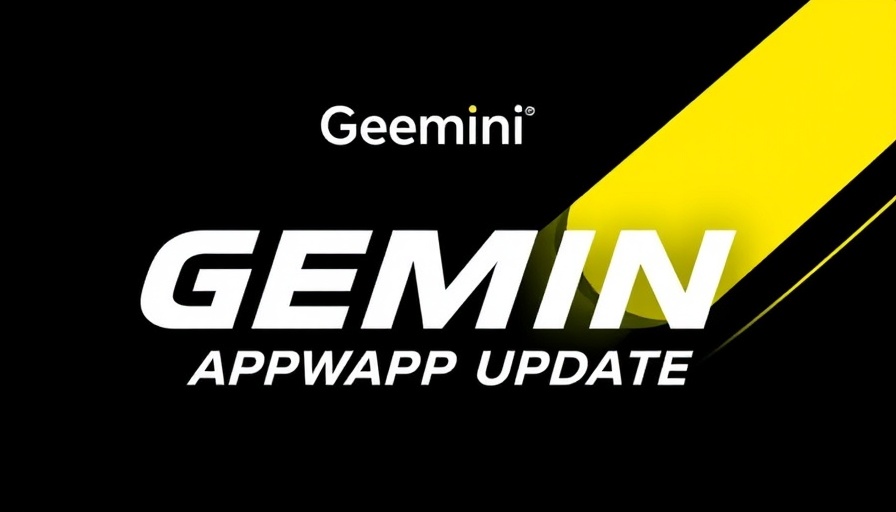
Understanding Loop Marketing: A Game-Changer for 2025
For many years, marketers relied heavily on a robust funnel model—initially built around the concept of attracting, engaging, and delighting customers. However, the recent seismic shifts in buyer behavior have rendered this traditional approach less effective. As consumers increasingly turn to social media, influencers, and AI-powered tools for recommendations, a new strategy is essential to navigate these complexities.
What is Loop Marketing?
Loop Marketing is a dynamic, four-stage strategy designed to grow businesses in an increasingly AI-driven world. The stages—Express, Tailor, Amplify, and Evolve—form a cycle that allows marketers to continuously learn and adapt based on real-time results. This contrasts sharply with older models that took a linear approach to buyer journeys, which have become obsolete in the face of evolving consumer habits.
Why is Loop Marketing Crucial Today?
In the era of AI, old marketing methods can feel increasingly out of tune with how consumers interact with brands. Research indicates that 58% of Google searches now result in zero-click behavior, as users find immediate answers directly on the search page or through non-traditional platforms. As a marketer, you must evolve your strategy to counteract this trend. Loop Marketing shines in its ability to offer fast, iterative improvements, which can significantly lower acquisition costs and enhance personalization at scale.
The Four Stages of Loop Marketing Explained
Express: In this initial phase, businesses must clarify their brand identity and ideal customer profile. By gathering insights into consumer behavior and preferences, marketers can develop a comprehensive style guide and content templates that present a unified brand image.
Tailor: The second phase focuses on creating genuinely personalized experiences. Using AI, marketers can generate content that resonates with individual consumer needs, so outreach feels far from generic. This allows for enhanced engagement and improved campaign performance.
Amplify: When it comes to the Amplify stage, the goal is to distribute messages across multiple channels, ensuring your brand is visible wherever your customers are searching or engaging. Here, leveraging AI can help ensure content meets the requirements of modern search engines and social platforms.
Evolve: Finally, the Evolve stage emphasizes continuous iteration. By utilizing AI for real-time analytics and feedback, marketers learn quickly what works and what doesn’t, facilitating ongoing improvement of marketing efforts. This includes constantly testing different strategies, measuring their effectiveness, and implementing successful elements into future campaigns.
How to Ensure Success in Loop Marketing
Understanding the common pitfalls is crucial for success in Loop Marketing. Marketers should be cautious about attempting to implement all four stages simultaneously, as this may lead to complexity and diluted focus. Instead, begin with the stage that addresses the most significant gaps in your current strategy.
Moreover, don’t underestimate the importance of human oversight. While AI powers many processes, the human touch remains essential in ensuring brand voice consistency and crafting creative strategies. Establishing robust feedback loops that include human review can enhance the overall quality of campaigns.
The Future of Marketing is Loop Marketing
As we navigate through 2025, adapting marketing strategies to incorporate Loop Marketing principles will be vital for businesses aiming to thrive in a competitive environment. By embracing a cycle that allows for ongoing learning and adaptation, marketers can capitalize on emerging trends and meet their customers where they are.
If your marketing tactics require an upgrade to be effective in today’s complex digital landscape, now is the time to consider implementing Loop Marketing. Start small, focus on one stage, and let both human ingenuity and AI capabilities propel your growth journey forward.
 Add Row
Add Row  Add
Add 




Write A Comment